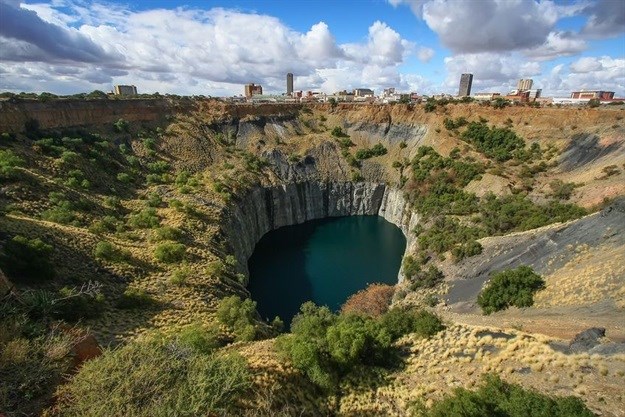The year 2018 saw the gazetting of the Broad-Based Socio-Economic Empowerment Charter for the South African Mining and Minerals Industry, 2018 (the Mining Charter). Its chief end is to give effect to meaningful economic participation, integration into the mainstream economy and effective ownership of the country's mineral resources to historically disadvantaged persons.
The publication of the Mining Charter followed a trail of extensive engagement between industry, government, communities and trade unions. Although the Mining Charter is currently in force, the mining sector and all stakeholders can expect to see further engagement around the Mining Charter.

Athi Jara
In 2019, mining companies may legally challenge the legal status of the Mining Charter on the strength that a reading of section 100(2) of the Mineral and Petroleum Resources Development Act, 2002 (MPRDA) does not authorise the Minister of Mineral Resources (the Minister) to publish a plethora of charters subsequent to the initial charter which was published in 2004. This is because the Minister may only act in accordance with the powers granted to him in the MPRDA and acting beyond his legal powers is ultra vires.
This view is in line with the arguments presented by the Minerals Council of South Africa in the matter Chamber of Mines of South Africa v Minister of Mineral Resources 41661/2015. In this judgment, the North Gauteng High Court found albeit in obiter, that the duty to develop a charter in terms of section 100(2) is a once-off event to be completed within a specified time, six months. The Court found that the Minister had no authority to issue the 2010 Charter, the precursor to the 2018 Mining Charter. An appeal against this judgment has been lodged with the Supreme Court of Appeal by the Minister.

Mihlali Sitefane
Even if stakeholders are to accept the Mining Charter, the extent to which it binds holders of mining rights is questionable. This is because the concept of a charter is nebulous and may be understood as a formal guideline or statement of policy and not a legally enforceable instrument with legally binding obligations. Indeed, the High Court in the Chamber of Mines judgment concluded that the 2010 Charter will have legal consequence or significance only insofar as its terms are reflected as part of the terms and conditions of a mining right granted by the Minister. To this extent, the Mining Charter finds application and legal significance in an indirect manner only and does not in itself carry legally binding obligations. Its significance is seen through the application of sections in the actual legislation, namely the MPRDA. In order to change this position, the MPRDA will need to be amended.
In addition to this, greater participation can be expected from mining communities and tribal authorities with the aim of unlocking greater value for these communities. Communities have expressed a dissatisfaction to the limited reach of the provisions of the Mining Charter and their ability to benefit from it, and so 2019 may be a year where communities press against mining houses.
The Mining Charter caused vibrant engagement in 2018, but 2019 may prove more eventful.






























![Today, Halo and Demographica announce a new specialist agency, Second Rodeo]], headed up by Mike Stopforth (left). Dean Oelschig, managing partner and founder of Halo (right) says they will work as a group but ultimately, each agency will be an individual specialist](https://biz-file.com/c/2505/772543-64x64.jpg?2)




